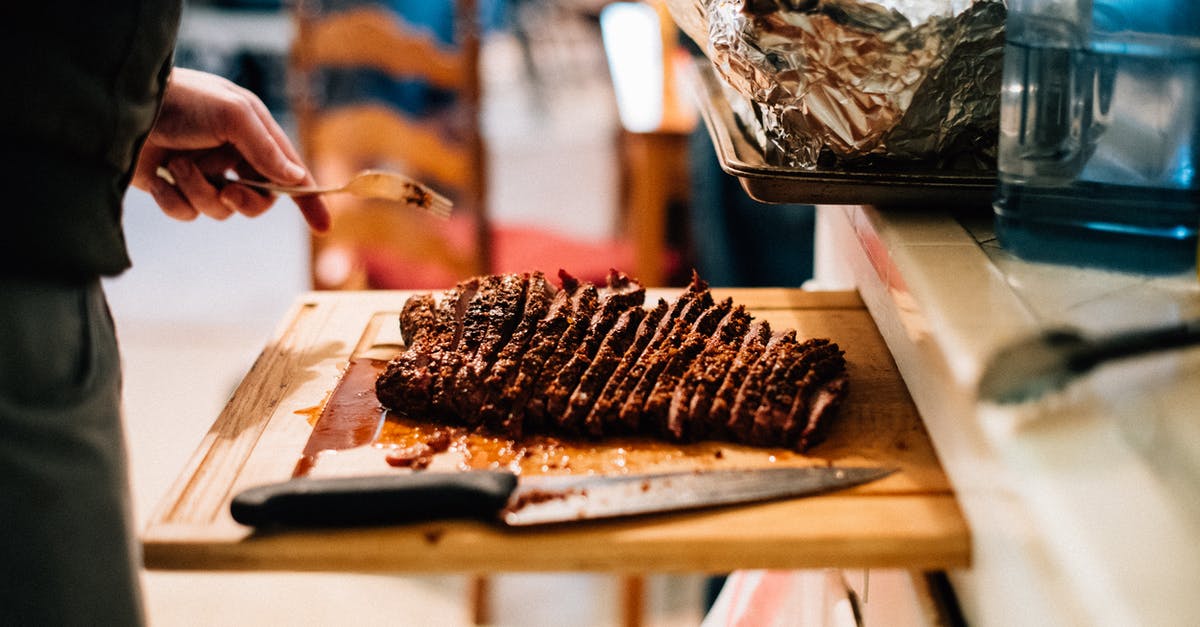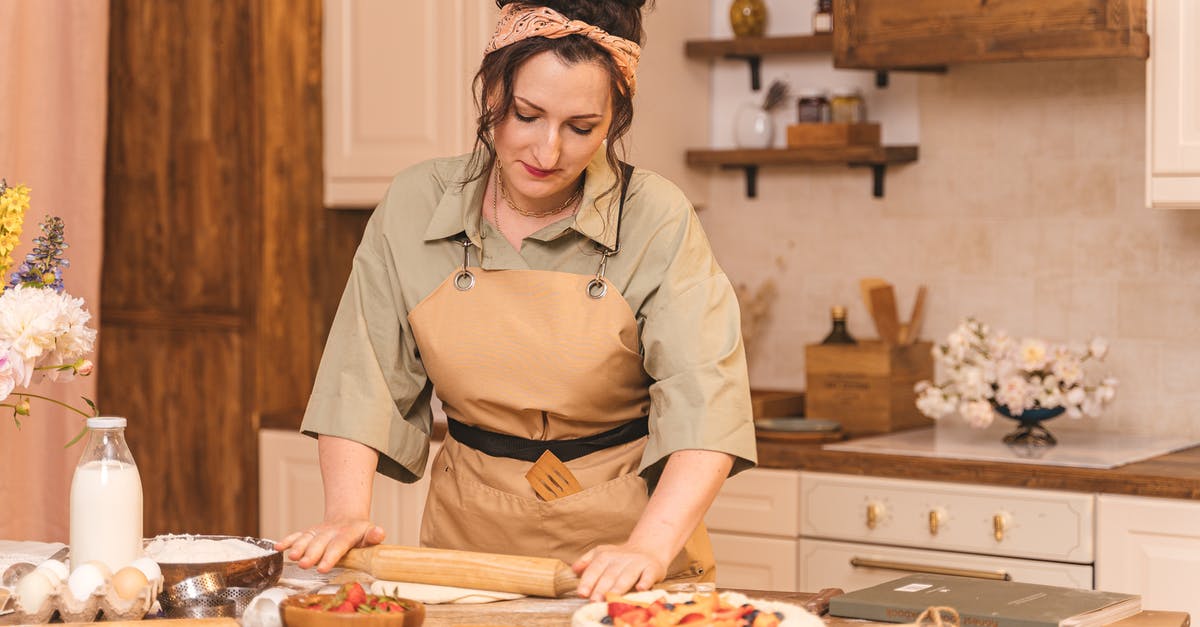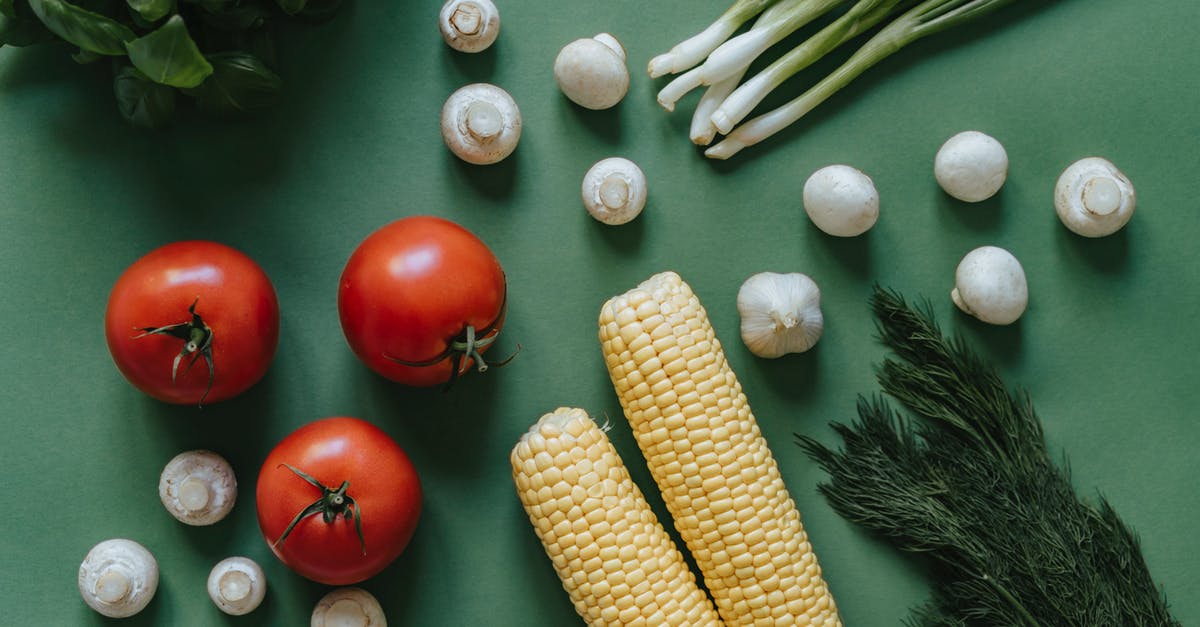Problems cooking Wagyu brisket

While I save up for a proper outdoor smoker, I've been experimenting with using the basic brisket BBQ techniques, but with a fan forced in our kitchen. So far, the regular briskets have turned out fine, but the Wagyu ones have all turned out tough and dry.
This weekend I tried again with two identical 7.5lb Wagyu briskets - one on Saturday and one on Sunday. The one on Saturday was tough and dry, so I reduced the temperature and the cooking time on Sunday - same result.
Would appreciate any advice. My cooking methods over this weekend are below:
SATURDAY
- Use paper towels to remove excess moisture.
- Apply a rub of salt, pepper and smoked paprika.
- Wrap in foil and leave overnight in the fridge.
- Preheat the oven to about 248 deg F (120 celsius)
- Put a container of water at the bottom of the oven for moisture
- Remove the brisket from the foil and place on the middle rack
- Leave in the oven untouched and unopened for 3.5 hours
- At this point the color was good but the outside was hard, and when pushed with a finger the meat felt well done.
- Spritzed with cider vinegar, then wrapped in foil
- Placed back in the oven and reduced the temperature to about 220-230 deg F
- Cooked for a further 2.5 hours in the foil
- Removed from oven and rested for an hour
RESULT - Dry, well done and chewy with the meat in the middle looking gray.
SUNDAY
I reduced the initial temperature to about 220 deg F and reduced the unwrapped cook time to about 2 hours. Everything else was the same. When I took it out, it wasn't as dark but still felt well done and when cut, it was still dry and 'overcooked' right through. The foil-wrapped cooking time didn't help tenderize it at all.
QUESTIONS
Why is it overcooking and drying out at such low temperatures, when normal briskets don't?
My Mom says that a fan-forced oven is hotter than a regular one, but I reduced the temperature to compensate for this. Could a fan-forced oven still be the problem?
I would have thought Wagyu would be even more tender than regular brisket. What's up?
Thanks in advance.
Best Answer
Your brisket was undercooked, not overcooked. At the temperatures you stated, rule of thumb for brisket cooking time is about 1.25-1.5 hours per pound. Convection may drop that down a tad. A 7.5 pound brisket should be cooked for at least 8 hours, and could be closer to 10 or so.
The cuts of meat that are designated as "barbecue" meats are generally full of connective tissue. You put it through a long, low-temperature cooking process to render down that tissue, which will both tenderize and moisturize the meat. Undercooked barbecue will often be mischaracterized as "dry," because the amount of chewing required on the meat robs the mouth of saliva. Properly-cooked brisket will slice easily, and a slice should easily pull apart when gently tugged with two hands. This is not a steak, so the sensibilities you would apply to cooking a steak go out the window. A brisket has only just BEGUN to break down its connective tissues when it reaches what would be regarded as "Well Done." It is not likely done from a quality perspective until the internal temperature of the meat has reached at least 190f.
Next time, budget a cooking time 1.5 hours per pound. If it is finished sooner, wrap it in foil and towels, and leave it to rest in a cooler. It will safely keep that way for up to four hours, and a long rest will result in a better product anyway. Start checking the internal temperature of the meat about halfway through your budgeted time. At around 165f, wrap the brisket in foil, pouring some beef broth into the wrap, and return it to your oven. Start checking for doneness at about 75% of the cooking timeline you have laid out. You should be able to slide a probe in and out of your brisket easily, with just a small amount of resistance. That is when you know it is done. Not by time, not by internal temperature, but in the tactile clues provided by the meat. You can optionally take the brisket back out of the foil when you think your are close to being done, in order to give yourself a better bark. When you are confident the meat is done, rest in a cooler (using the aforementioned foil/towel treatment) for at least an hour.
When you are ready to slice your brisket, be sure to SLICE ACROSS THE GRAIN. This will serve as another tenderness aid. You should also reserve the jus that is generated, and pour it over your brisket slices. This should enhance your success with making a brisket.
Pictures about "Problems cooking Wagyu brisket"



Does a Wagyu brisket take longer to cook?
The one thing I've heard and read in a few of the various online BBQ forums is that Wagyu briskets tend to cook a little bit longer than their less marbled counterparts, as you want to be sure and get the extra fat rendered. Some have reported finishing temperatures as high as 213 to 217 F!What is the best way to cook a wagyu brisket?
How to Slow Cook Wagyu BrisketWhy is my brisket not tender?
Often, tough brisket comes about as a result of undercooking. The meat needs to be subjected to low temperatures for many hours in order to achieve that prized tenderness. If the brisket does turn out too tough, you may be able to salvage it by returning it to low heat for a few hours.Is Wagyu good for brisket?
Asking if any piece of meat is \u201cworth it\u201d is always a subjective question. Wagyu brisket has the double advantage of being fantastic quality beef and having that extra marbling to counteract some of the drying issues commonly encountered when cooking brisket.I cooked the KING OF ALL Briskets, A5 Wagyu!
More answers regarding problems cooking Wagyu brisket
Answer 2
Wagyu it not anything special comparing to other grass feed cattle, it's just more fat marbled. So if you like that, then it's great
The increased marbling is mostly in the top cuts, and not so much in the bottom cuts like brisket, so Wagyu cross breed cattle isn't going to make that much difference for this
Your technique seems overly complex! Just cook it, covered, until done by measuring the internal temperature
Sources: Stack Exchange - This article follows the attribution requirements of Stack Exchange and is licensed under CC BY-SA 3.0.
Images: Isaac Taylor, ANTONI SHKRABA production, olia danilevich, Karolina Grabowska
